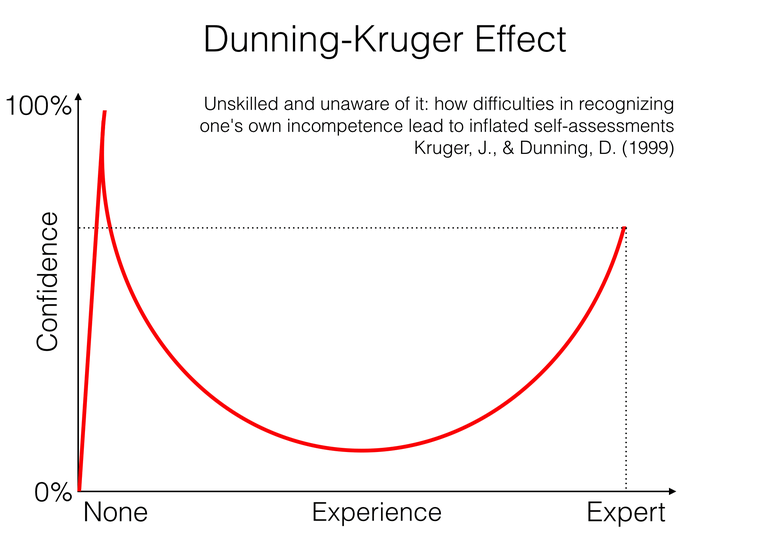A Predictable Pattern in New Learning

Problem-solving at an academic medical center can be hard and requires new learning. If you have ever had to battle the inertia and entrenched bureaucracy inherent in these behemoths you know the pain. The need to problem-solve in teams, the decentralized power structures and a thousand points of faculty (or staff) veto all work together to challenge even the most committed individual. That is why we have included a problem-solving team project into our faculty leadership training program for the four health science center schools, Leadership and Innovation in Academic Medicine (LIAM). Emerging leaders need training and experience in solving ill-structured problems in this challenging environment.
On September 19, 2019, we launched the third cohort of LIAM. This 11-month long leadership course for early and mid-career faculty includes a team project that attempts to define an innovative solution to a real problem facing the health sciences center. Diverse teams of five to six faculty get to select the problem they will work on from a set of 10 clinical, educational or research challenges facing the University. Once assigned, teams then embark to devise an innovative solution using a structured process that follows a design thinking approach that is “customer-focused”. This requires months of working together to gather data about the problem, and to interview various stakeholders and “customers”. This process requires an intense time of learning new information that has to be analyzed and processed at the team level. The next step requires designing potential solutions and rapid prototype testing of these before settling on one that is then recommended to University leadership for consideration for implementation across the HSC campus at the end of the course. The design thinking process exposes previously unforeseen complexities as team members come to better understand all the factors that contribute to their problem as seen from the eyes of the customer.
"Confidence predictably falls with greater study and the underlying complexities become visible."
My observations of problem-solving efforts over the past 15 years at UofL as either Chair of the Department of Pediatrics or CEO of the medical school’s faculty practice plan have led me to conclude that the farther away one is from the problem, the easier the solution appears to be. Not surprisingly, this principle has surfaced in our first two years of LIAM team projects as well. As the year progresses, the project takes its toll on the team and after six months they appear to lose confidence in their ability to recommend a viable solution. What seemed like a straightforward problem with some obvious solution options at the outset of the project (i.e., improving employee engagement in our clinical practices), inevitably devolves into a quagmire of complexity as their research and prototyping of possible solutions causes them to learn more about the nuances of the problem, and as they come to understand why previous problem-solving attempts failed. What seemed intuitive, now is clearly harder than it originally looked. Progress stagnates as their confidence in being able to find a solution wanes. The looming deadline for pulling together a recommended solution that will stand up to the scrutiny that comes with a Shark Tank-like presentation to University leadership at graduation adds to the pressure.
Just as the teams in LIAM are immersed in learning new information, as leaders in an academic health center, you will engage with learners who also may struggle with processing new information. In that process, they also may experience some frustration as initial confidence and apparent fluency with material morphs into complexity as they more deeply engage the topic at hand, experiencing a decrescendo in confidence level with time. Our role as leaders and participants in the academic environment is to recognize this pattern experienced by all of us as we are exposed to new information that we need to integrate into our schema of understanding.
This phenomenon was first described in 1999 and is called the Dunning-Kruger Effect.

Figure 1. Dunning-Kruger Effect (1999)
At the outset, confidence is high. In the case of learning, new material is readily understandable, as we see in the problem-solving projects that the solution to the problem is evident. Confidence predictably falls with greater study and the underlying complexities become visible. Only with time and further effort can the individual or team push through this crisis of confidence to regain some of the initial confidence so that mastery of the topic or workable solutions to the problem again become evident.
You must be able to recognize when your learners and teams are falling into this predictable pattern so that you can coach and encourage them to press through to the finish. Their confidence will return in time.